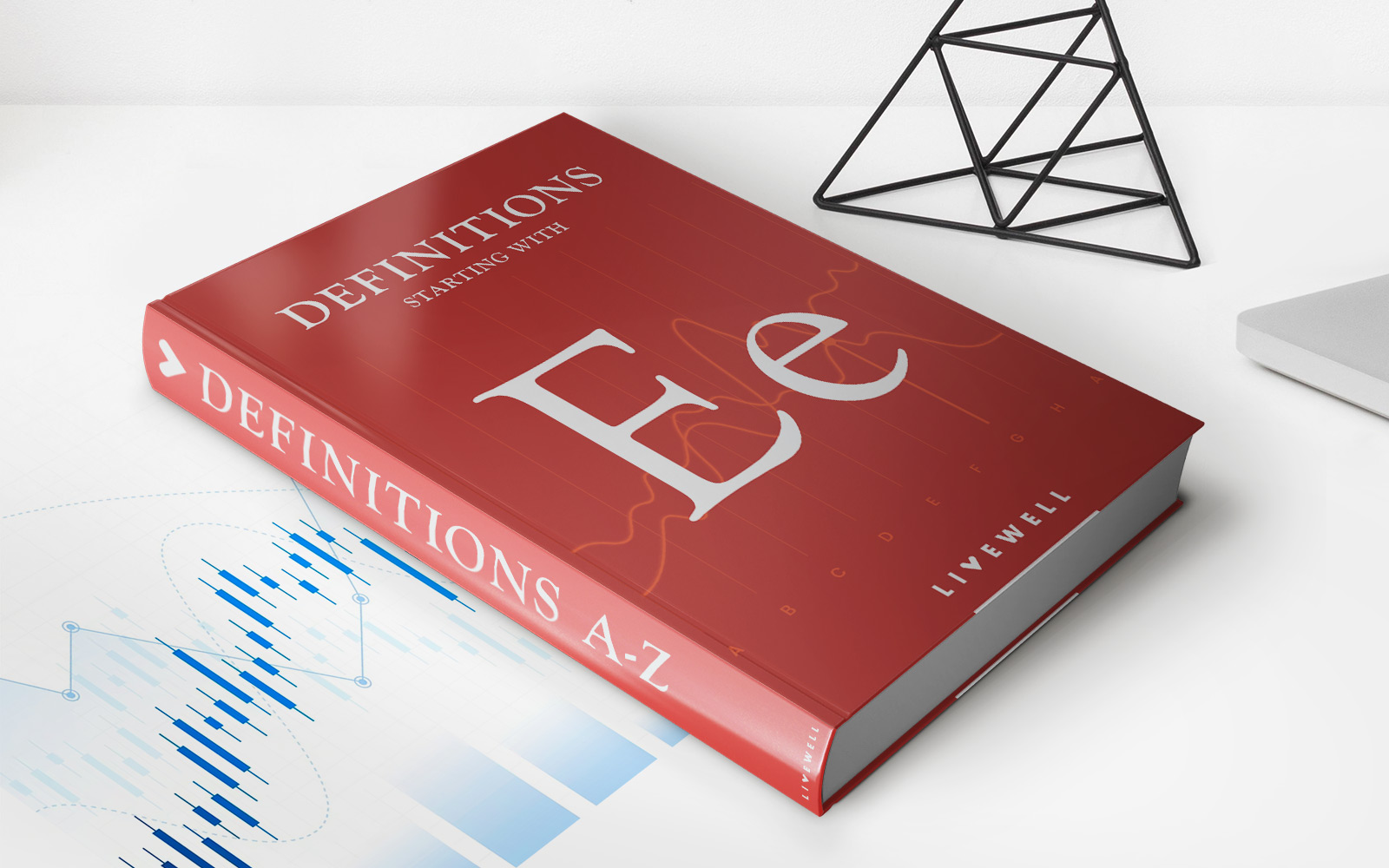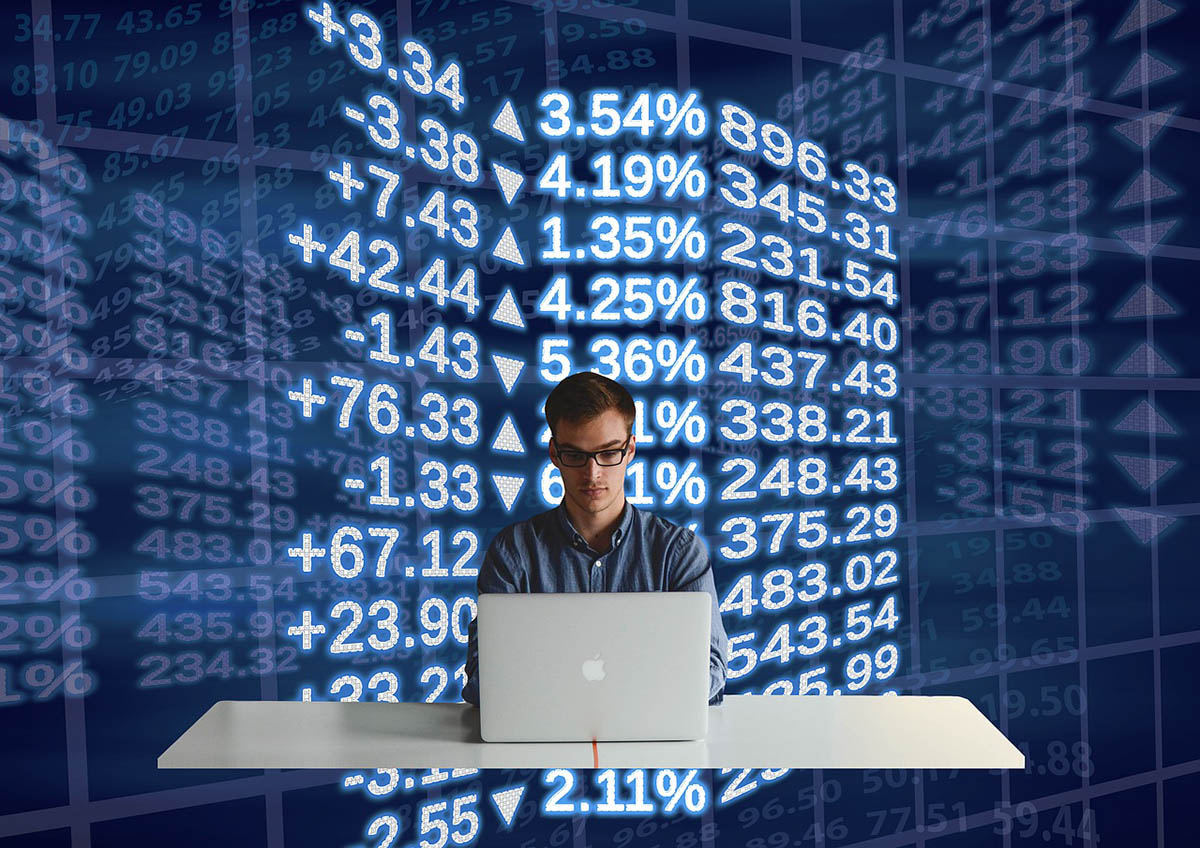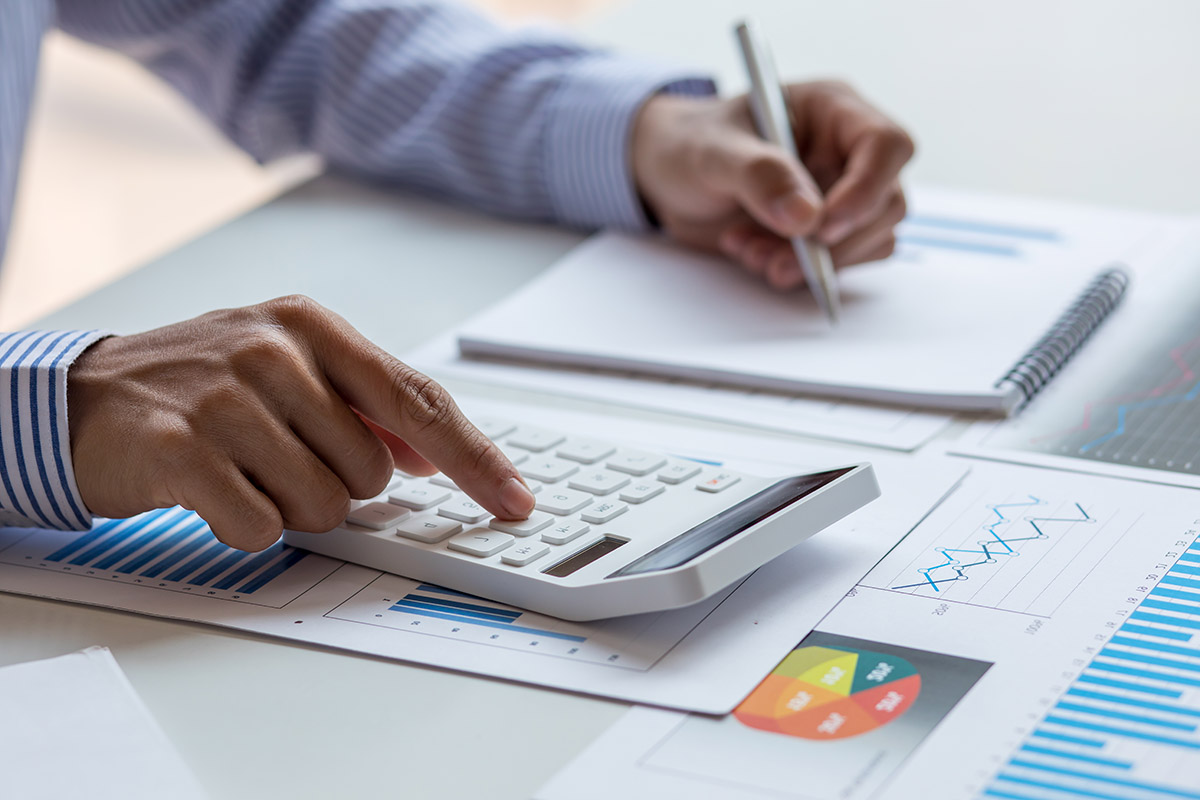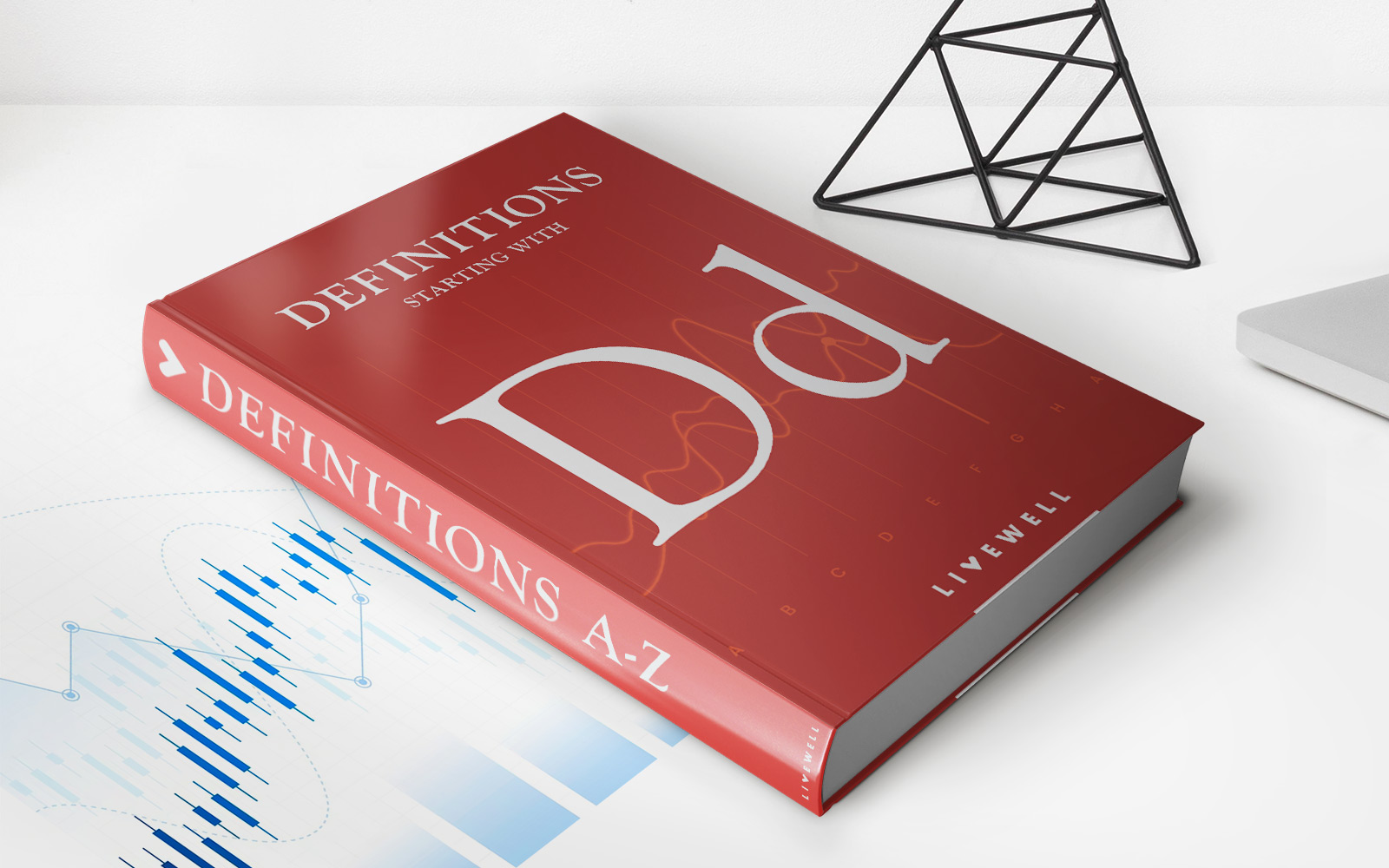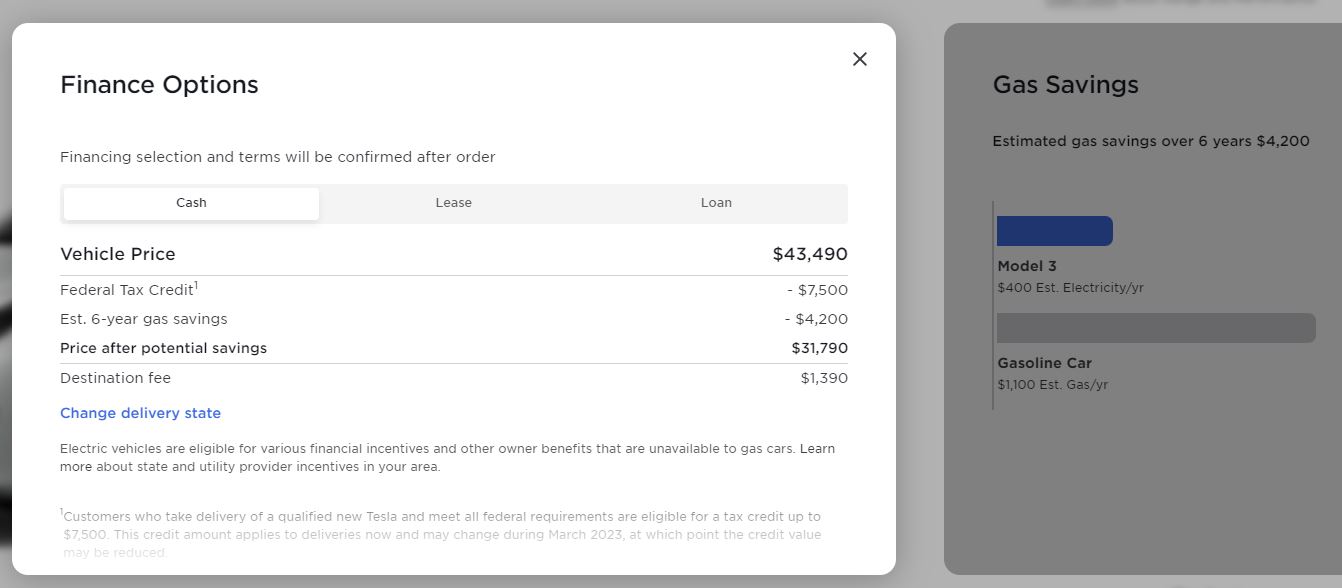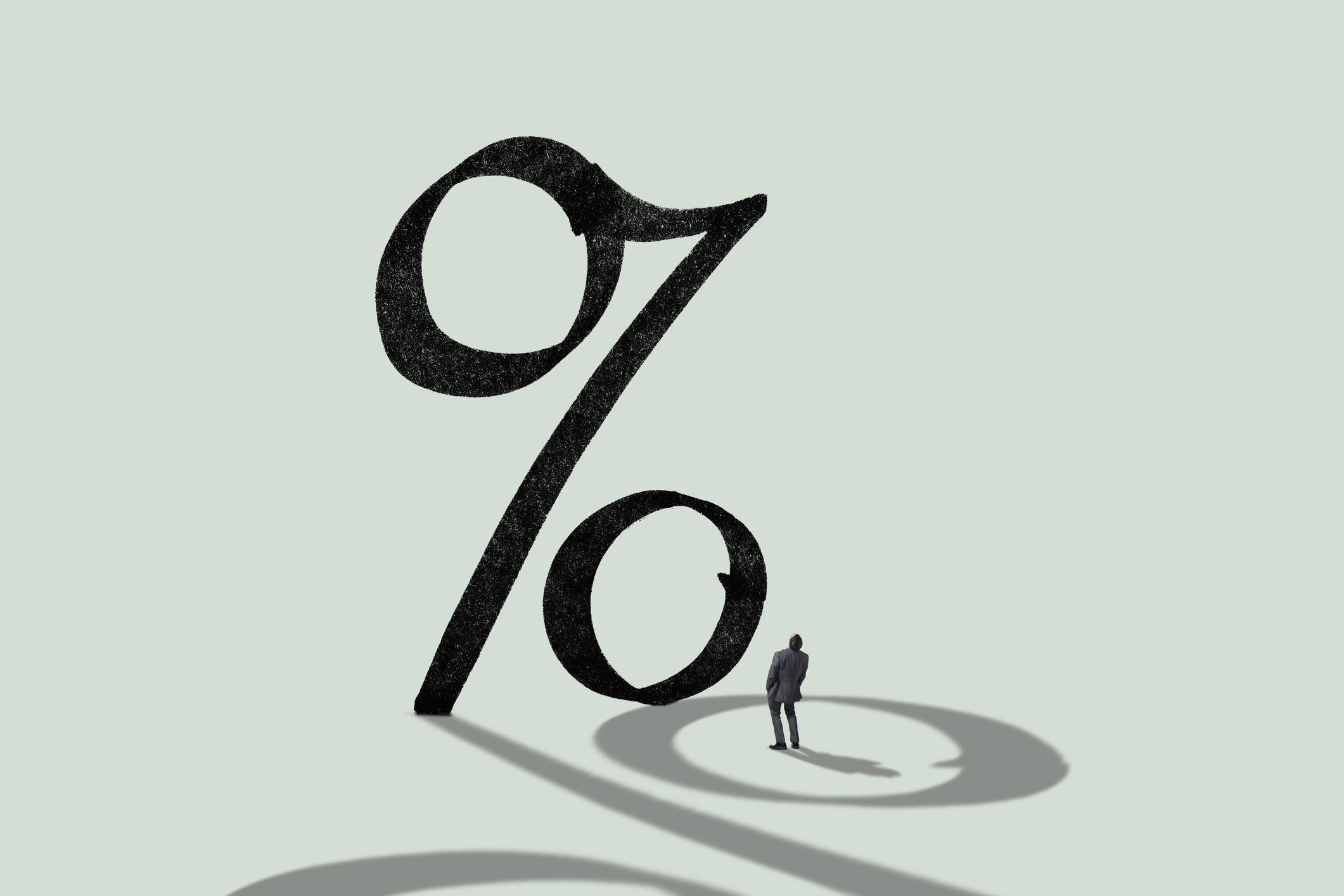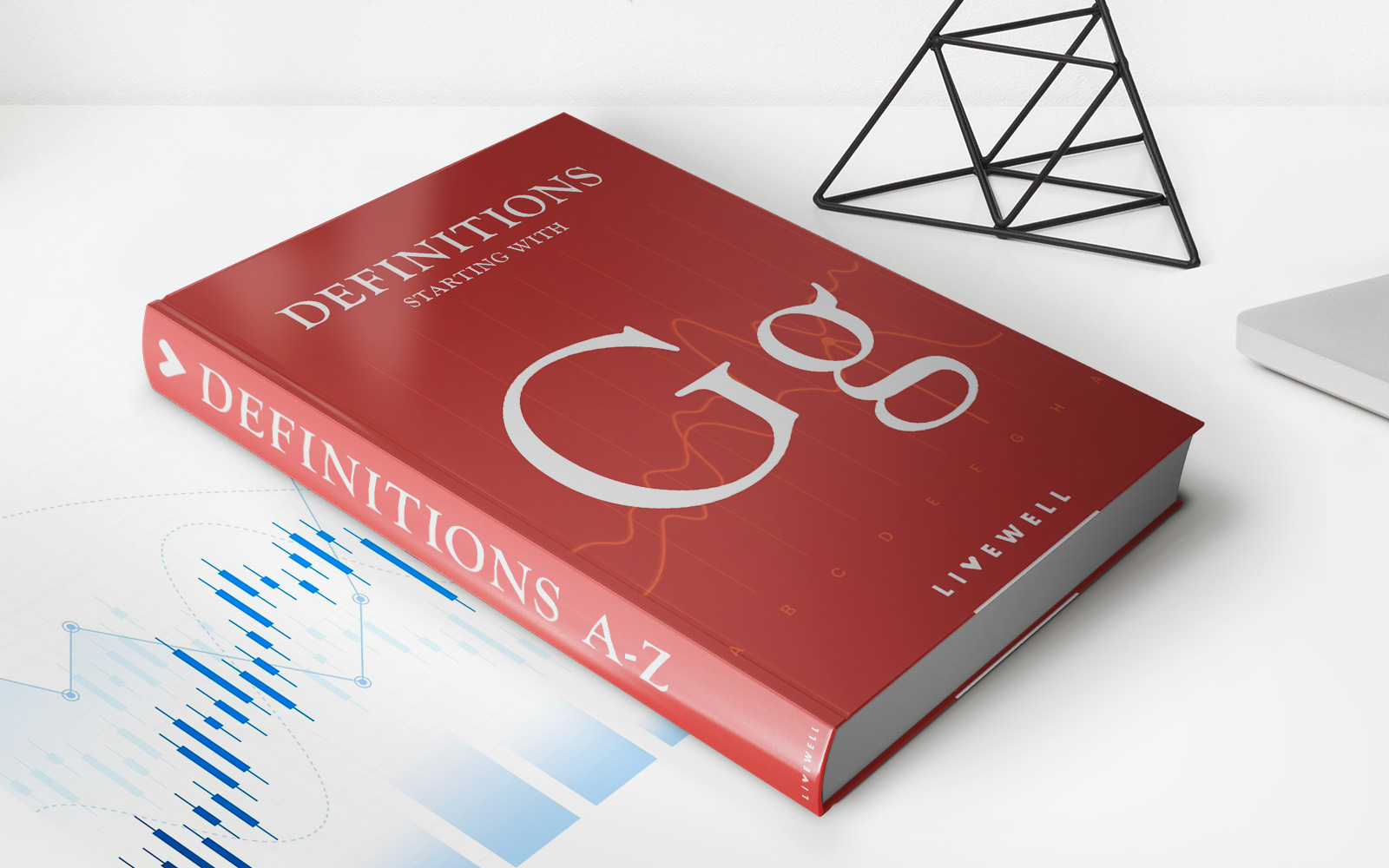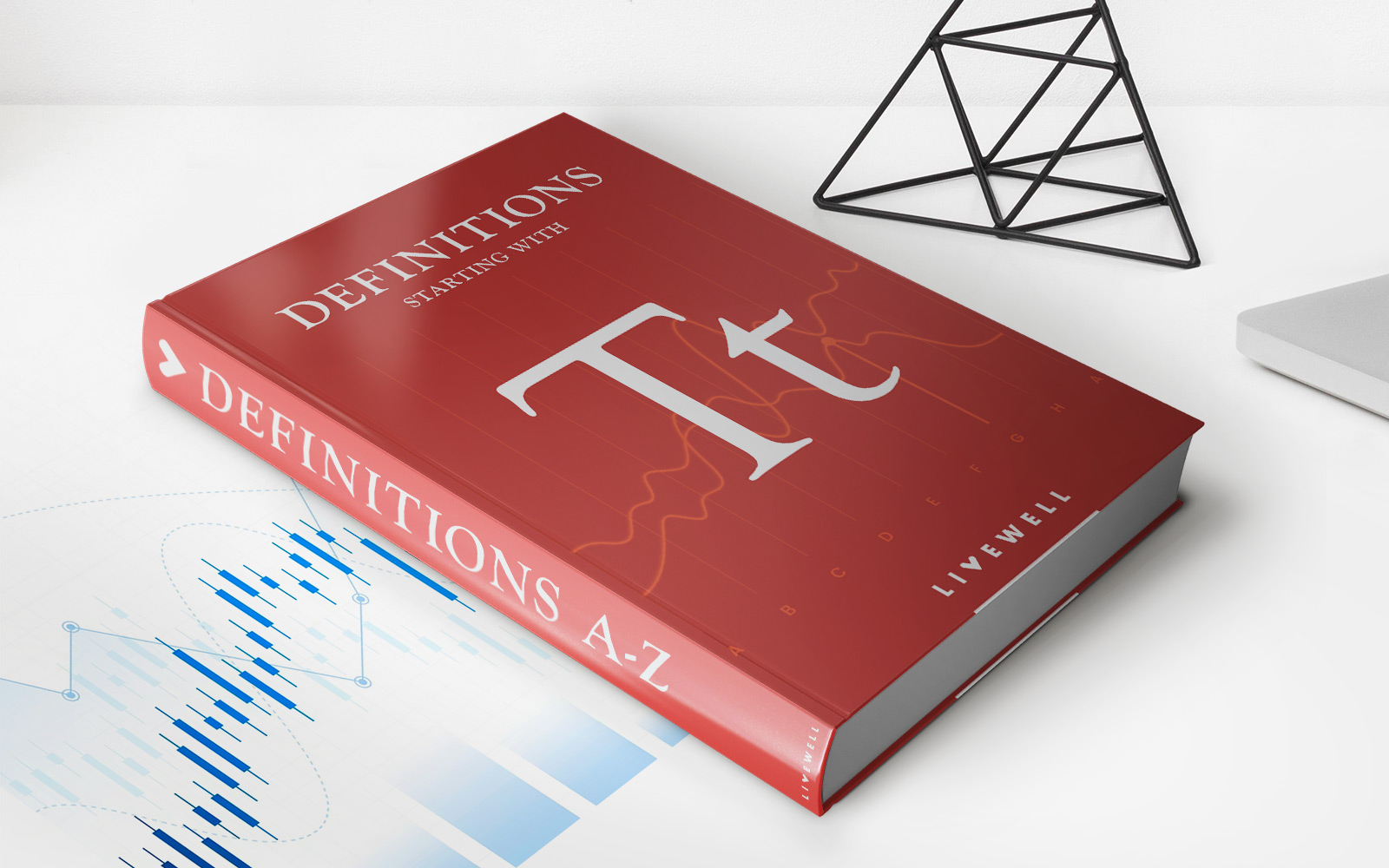

Finance
How To Find Potential GDP
Published: October 28, 2023
Learn how to find and calculate potential GDP in the field of finance. Gain insight into determining economic capacity and growth potential.
(Many of the links in this article redirect to a specific reviewed product. Your purchase of these products through affiliate links helps to generate commission for LiveWell, at no extra cost. Learn more)
Table of Contents
Introduction
When it comes to understanding the economic health of a country, one key concept that economists and policymakers closely monitor is the potential GDP. A country’s potential GDP represents the maximum level of economic output that can be achieved when resources are fully utilized. It serves as a benchmark for assessing the overall capacity and growth prospects of an economy.
Understanding potential GDP is crucial for various reasons. It helps policymakers gauge the gap between actual and potential output, which in turn allows them to implement appropriate fiscal and monetary policies to stimulate economic growth and reduce unemployment. For businesses, analyzing potential GDP provides insights into market opportunities and helps guide investment decisions.
This article will delve into the concept of potential GDP, exploring the factors that affect it, different approaches to measuring it, and how to calculate it. Furthermore, we will discuss the importance of identifying potential GDP and the limitations of using it as a sole indicator of economic health.
So, if you’re interested in gaining a deeper understanding of the inner workings of an economy and how potential GDP plays a crucial role, let’s dive in!
Understanding Potential GDP
Potential GDP represents the maximum level of economic output that an economy can sustain over the long term when all resources, including labor, capital, and technology, are fully utilized. It serves as an estimate of the economy’s productive capacity and provides a benchmark for assessing actual economic performance. By understanding potential GDP, economists can determine the country’s growth potential and evaluate the efficiency of resource allocation.
Potential GDP is influenced by various factors, including labor force participation, productivity levels, capital investment, and technological progress. Increases in labor force participation, either through population growth or higher employment rates, can contribute to higher potential GDP, as more workers are available to produce goods and services. Similarly, improvements in productivity, achieved through technological advancements or better skills, can enhance an economy’s output capacity.
It’s important to note that potential GDP represents an idealized scenario and assumes that all resources are being utilized to their full potential. In reality, there are often constraints that prevent economies from achieving their full productive capacity. These constraints can include structural factors such as inefficient government policies, inadequate infrastructure, or market imperfections that inhibit resource allocation.
Furthermore, potential GDP is a dynamic concept and can change over time due to various factors. Demographic changes, technological advancements, and policy interventions can all impact an economy’s productive capacity. Therefore, it is essential to regularly reassess and update estimates of potential GDP to accurately gauge the health and growth prospects of an economy.
Overall, understanding potential GDP provides valuable insights into an economy’s capacity to produce goods and services, helping policymakers, businesses, and investors make informed decisions. By analyzing potential GDP, it is possible to identify areas for improvement, implement appropriate policies and strategies, and promote sustainable economic growth.
Factors Affecting Potential GDP
Potential GDP is influenced by a variety of factors that can either enhance or limit an economy’s productive capacity. Understanding these factors is essential for policymakers and economists in order to formulate effective strategies for promoting economic growth and improving living standards. Let’s explore the key factors that affect potential GDP:
- Labour Force: The size and quality of a country’s labor force have a significant impact on potential GDP. A larger labor force, coupled with a high level of education and skills, can contribute to higher productivity and output potential.
- Capital Stock: The amount and quality of physical capital, such as machinery, equipment, and infrastructure, influence potential GDP. A well-equipped and modernized capital stock can boost productivity and efficiency, thereby increasing an economy’s output capacity.
- Technological Progress: Advancements in technology play a crucial role in determining potential GDP. Technological innovations can lead to more efficient production processes, the development of new products and services, and increased productivity, all of which contribute to higher potential output.
- Natural Resources: The availability and exploitation of natural resources, such as minerals, energy sources, and agricultural land, can impact potential GDP. Countries with abundant and well-managed natural resources have the potential to generate higher output levels.
- Institutions and Policies: The quality of institutions, including governance, property rights protection, and the rule of law, can affect potential GDP. Sound institutions, combined with supportive economic policies, foster an environment conducive to investment, innovation, and productivity growth.
- Infrastructure: Adequate infrastructure, including transportation, communication networks, and utilities, is crucial for economic development and can increase an economy’s productive capacity. Well-developed infrastructure facilitates the smooth flow of goods, services, and information, reducing production costs and enhancing efficiency.
- Education and Human Capital: Access to quality education and the development of human capital are vital for enhancing potential GDP. A well-educated and skilled workforce is more productive and adaptable, contributing to economic growth and innovation.
It is important to note that these factors do not act in isolation but are interrelated and can reinforce one another’s impact. For example, technological progress can enhance labor productivity, and improvements in human capital can lead to more effective utilization of technological advancements.
By understanding the factors that influence potential GDP, policymakers can identify areas for targeted intervention and implement measures to enhance productivity, promote investment, and stimulate economic growth. Additionally, businesses can assess the potential of different markets based on these factors and make informed decisions regarding expansion and investment opportunities.
Measurement Approaches for Potential GDP
Measuring potential GDP is a complex task that requires economists to employ various methods and approaches to estimate the maximum level of output an economy can sustain. While these measurements may not provide exact figures, they serve as valuable tools for policymakers, researchers, and analysts to understand an economy’s productive capacity. Let’s explore some of the common measurement approaches for potential GDP:
- Production Function: One approach is to use a production function framework, which relates inputs such as labor, capital, and technology to output. By estimating the relationship between these inputs and output over time, economists can determine the potential level of output by assuming that resources are fully utilized.
- Statistical Methods: Another method involves utilizing statistical techniques to analyze historical data and identify trends and patterns in an economy’s output. By identifying the long-term trend and accounting for cyclical fluctuations, economists can estimate potential GDP based on past performance.
- Time-Series Analysis: Time-series analysis is a statistical technique used to analyze data over time. Economists use this approach to identify and separate trend components from cyclical components, allowing for the estimation of the long-term potential output of an economy.
- Production Capacity Surveys: Some countries conduct periodic surveys of businesses and industries to gather information on production capacities, including installed capacity, idle capacity, and planned expansions. These surveys allow for a more direct assessment of an economy’s potential output.
- Estimation Models: Economists may develop estimation models that incorporate various economic variables and assumptions to estimate potential GDP. These models often consider factors such as labor force participation rates, productivity growth, and capital accumulation to derive potential output estimates.
- Structural Analysis: Structural analysis involves assessing the underlying structure of an economy, including its industries, sectors, and resource utilization. By examining the capacity constraints and inefficiencies in the production process, economists can estimate the maximum sustainable output of an economy.
It’s important to note that each measurement approach has its limitations and assumptions, and the estimates of potential GDP can vary depending on the chosen method. Therefore, economists often use a combination of these approaches to arrive at a more comprehensive understanding of an economy’s productive capacity.
Measuring potential GDP is an ongoing endeavor, as economic conditions and factors that influence output capacity are subject to change. Regularly reassessing and updating potential GDP estimates can help policymakers make well-informed decisions regarding economic policies and interventions.
Calculating Potential GDP
Calculating potential GDP requires various approaches and data inputs to estimate an economy’s maximum sustainable output. While there is no single method universally accepted, several techniques are commonly used by economists to derive potential GDP. Let’s explore some of the key methods and considerations involved in calculating potential GDP:
1. Trend Analysis: One method involves analyzing the long-term trend in an economy’s output. This approach considers historical data and identifies the underlying growth rate over time. By extrapolating this trend into the future, economists can estimate potential GDP.
2. Production Function Approach: Economists may employ a production function framework to estimate potential GDP. This method involves assessing the relationship between inputs, such as labor and capital, and output. By assuming full utilization of resources, economists can calculate potential GDP based on estimated input levels.
3. Capacity Utilization: Another approach involves evaluating the capacity utilization rate in an economy. Capacity utilization measures the extent to which existing resources are being used relative to their maximum potential. By estimating the economy’s production capacity and comparing it to the current utilization rate, economists can derive potential GDP.
4. Evaluation of Potential Factors: Assessing factors that influence potential GDP, such as labor force growth, productivity levels, and technological progress, plays a significant role in the calculation process. Forecasting and analyzing these factors can help economists project potential GDP based on expected future developments.
5. Economic Models: Economists often develop models that incorporate various economic variables and assumptions to estimate potential GDP. These models consider factors like population growth, investment rates, technological advancements, and policy variables. By simulating different scenarios and analyzing the effects of these inputs, economists can calculate potential GDP levels.
It’s important to note that calculating potential GDP involves making certain assumptions, and the results may not be precise. Additionally, potential GDP calculations are subject to revisions as new data becomes available or economic conditions change.
By calculating potential GDP, economists and policymakers gain insights into an economy’s capacity for growth, identify gaps between actual and potential output, and develop strategies to foster sustainable economic development.
Importance of Identifying Potential GDP
Identifying potential GDP is of paramount importance for policymakers, economists, businesses, and investors. It provides valuable insights into an economy’s capacity for growth, helps in assessing its overall health, and plays a key role in determining the appropriate economic policies and strategies. Let’s explore the significance of identifying potential GDP:
1. Economic Planning and Policy Formulation: Potential GDP serves as a benchmark for policymakers in setting economic goals and formulating appropriate policies. By understanding the gap between actual output and potential GDP, policymakers can implement measures to stimulate economic growth, reduce unemployment, and improve living standards.
2. Assessment of Economic Performance: Comparing actual GDP with potential GDP allows for an evaluation of an economy’s performance. If the actual output falls significantly below potential, it indicates that the economy is underperforming and measures are needed to promote growth. Conversely, if the actual output exceeds potential, it may raise concerns about inflationary pressures and the sustainability of growth.
3. Investment and Business Decision-making: Identifying potential GDP is crucial for businesses and investors, as it helps them assess market opportunities and make informed decisions regarding investments and expansions. Knowing the economic capacity of a country enables businesses to align their strategies with the growth potential and make decisions that are likely to yield positive returns.
4. Resource Allocation: Understanding the potential GDP helps in optimizing resource allocation. It guides policymakers in identifying sectors that could benefit from increased investments and resources, ultimately leading to overall economic growth and development.
5. Long-term Planning: By estimating potential GDP, policymakers and businesses can forecast and plan for the long term. It provides insights into the future demand for goods and services, the need for infrastructure development, and potential labor market requirements, enabling effective planning and preparation for future economic conditions.
6. International Comparisons: Identifying potential GDP allows for meaningful comparisons between different countries. It helps in benchmarking economic performance, assessing competitiveness, and identifying areas for improvement or collaboration among nations.
Overall, the identification of potential GDP allows stakeholders to make evidence-based decisions, fine-tune economic policies, and set realistic goals for sustainable economic growth. It plays a crucial role in fostering stability, prosperity, and the overall well-being of economies and societies.
Limitations of Potential GDP Analysis
While potential GDP analysis provides valuable insights into an economy’s capacity and growth prospects, it is important to recognize its limitations. These limitations must be considered when making economic assessments and policy decisions. Let’s explore some of the key limitations of potential GDP analysis:
1. Complexity and Assumptions: Estimating potential GDP involves numerous assumptions and simplifications. These assumptions may not accurately reflect real-world complexities, leading to potential errors in calculations. Factors such as technological progress, labor force dynamics, and productivity growth are challenging to predict precisely, making potential GDP estimation inherently uncertain.
2. Data Limitations: Potential GDP calculations heavily rely on accurate and reliable data across various economic indicators. However, data limitations, such as availability, accuracy, and consistency, can impact the accuracy of potential GDP estimates. Data revisions or biases can also affect the reliability of the calculations.
3. Economic Shocks and Uncertainty: Potential GDP analysis assumes a steady state and does not account for significant economic shocks or unforeseen events. These shocks, such as natural disasters, financial crises, or global recessions, can disrupt an economy’s potential output and render estimates invalid. Therefore, potential GDP analysis should be interpreted with caution, especially during times of heightened uncertainty.
4. Structural Changes and Technological Advancements: Potential GDP calculations often assume the current structure of an economy will remain constant. However, structural changes, shifts in industries, and technological advancements can significantly impact an economy’s productive capacity. Failure to account for these changes can lead to inaccurate potential GDP estimates.
5. Inequality and Distributional Considerations: Potential GDP analysis focuses on aggregate output, often ignoring distributional considerations. Economic growth and potential GDP may not translate to improved living standards for all segments of society. Inequality in income and wealth distribution can impact the actual benefits individuals derive from economic growth.
6. External Factors and Global Interdependencies: Potential GDP analysis typically assumes an isolated, closed economy. However, in an interconnected world, external factors and global interdependencies can significantly influence an economy’s potential. External shocks, trade policies, and global economic conditions can all impact an economy’s productive capacity, making it challenging to accurately estimate potential GDP.
Despite these limitations, potential GDP analysis remains a useful tool for macroeconomic analysis and policy formulation. However, it is crucial to complement potential GDP analysis with other indicators and consider the broader context to gain a comprehensive understanding of an economy’s dynamics and prospects.
Conclusion
In conclusion, potential GDP serves as a crucial measure for understanding the maximum level of economic output that an economy can sustain. It provides insights into an economy’s capacity for growth, helps in assessing performance, and guides policymakers, businesses, and investors in making informed decisions.
Through the analysis of potential GDP, policymakers can formulate effective economic policies and strategies to stimulate growth, reduce unemployment, and improve living standards. Businesses and investors can assess market opportunities and make investment decisions based on an economy’s growth potential.
However, it is important to be aware of the limitations of potential GDP analysis. The complexities of the economy, assumptions made, data limitations, and external factors can all impact the accuracy of potential GDP estimates. It is crucial to consider these limitations and complement potential GDP analysis with other indicators to gain a more comprehensive understanding of an economy’s dynamics.
Nonetheless, potential GDP remains a valuable tool for assessing an economy’s productive capacity and guiding long-term planning. By understanding the factors influencing potential GDP, policymakers and businesses can work towards maximizing productivity, promoting investment, and fostering sustainable economic growth.
As we continue to navigate the complexities of the global economy, the concept of potential GDP will remain essential in providing valuable insights and informing decisions that contribute to the prosperity and well-being of societies and nations.

